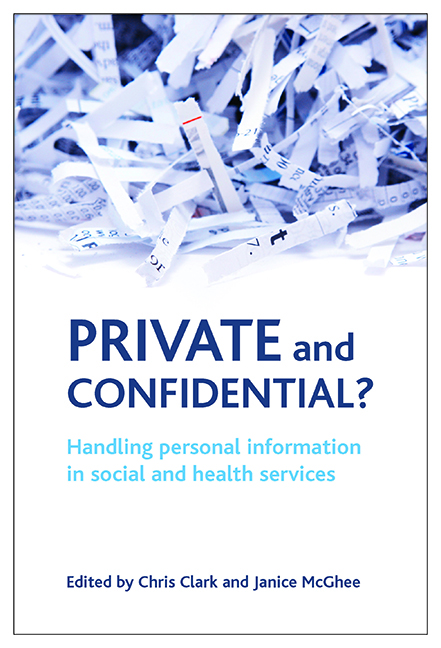nine - Working with children and young people: privacy and identity
Published online by Cambridge University Press: 21 January 2022
Summary
Introduction
Some years ago, we were waiting in an airport arrivals area for our teenage son to return from the other side of the world. After a lengthy and fruitless wait alongside the baggage carousel, we decided to ask where he might be. At the domestic airline desk we were solemnly informed that ‘under the terms of the [1998] Data Protection Act, such private information could not be released’. Other than suggest that we could ask the police to force him to tell us, the official seemed unable to do anything other than repeat this simple mantra. Luckily, the callhandler at the international airline involved in the journey had been trained to deal with such transactions within the frame of customer relations first, and the Data Protection Act second. We were able to establish our bona fides, and with a helpful piece of smoothing, ‘yes, I know, parents are often very anxious in these circumstances’, she went to check for us. It transpired that our son was safe and somewhere over Honolulu at the time. We were a day early to meet him – we had got the international date-line the wrong way round.
By that time I had already spent several years working on information sharing and its governance, and this was a wonderfully salutary lesson for me in how things can spiral away from contact with reality – who could have thought that the first airline's mantra was a remotely satisfactory way to relate to anxious parents? Only someone who spent all their time at HQ worrying about corporate liability, it seemed.
At the other end of this range of practice, I had been very pleasantly surprised by some anecdotal feedback from one of the pioneer information sharing projects within the national ‘eCare’ programme on data sharing. Working with older people on Single Shared Assessments (SEHD, 2001), practitioners had taken care to explain what would happen with their clients’ and patients’ personal information, and found that the ensuing discussion had often elided into an explanation of how services worked together in the system. The practitioners acknowledged that they had previously tended not to have this sort of conversation, and they felt that although the new dialogue took some extra time, older service users had a much better understanding of what they were experiencing as a result.
There is currently much public debate about identity, information sharing between public agencies, and privacy. This chapter comprises some personal reflections on what might be thought to be the simple process of talking to people about their personal information, and how public agencies (generally in Scotland, but also elsewhere in the UK) have handled and are handling it. As I am currently working mostly on children's services, that is what this chapter is focused on, but it is informed by my experience generally.
- Type
- Chapter
- Information
- Private and Confidential?Handling Personal Information in the Social and Health Services, pp. 169 - 190Publisher: Bristol University PressPrint publication year: 2008



